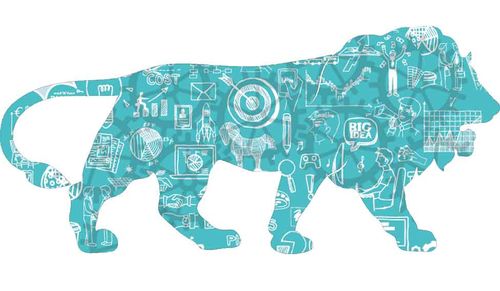The annual budget exercise of the government has turned into more of an occasion for raging media debates and controversies than a sound and logical process of provisioning financial allocations for planned revenues and expenditures.
The fact that tax and duty rates are altered almost every year, by itself shows a lack of clear long-term planning while encouraging unreasonable expectations from society and industry.Budget should also quantify tax incentives for investors as proposed in the ‘Start-up India Action Plan’
An astute business instinct is truly reflected in our PM’s leanings towards encouraging business and industry, more particularly the small ‘Start-ups’. I sincerely believe that the flagship ‘Start-up India’ campaign should be seen as a clarion call of the PM to every Indian to ‘wake up and start working’ rather than limit it to only business start-ups.
No business or industry can operate efficiently and competitively if rest of society and the bureaucracy does not. Aspirations have to rise collectively rather than individually. It is only then that financial allocations can have any impact on society as a whole. Having said that, ‘Start-ups’ are the new-found bandwagon across the country with a national slogan to boot. With global luminary CEOs to add their flavours to the campaign, it is obvious that Budget 2016 would be scoured for any and all support, incentives and subsidies for ‘Start-ups’. So, what is it that they really need?
First and foremost, it would be funds and investors. The most empowering feature of the budget could be to confirm and quantify the tax incentives for investors as proposed in the ‘Start-up India Action Plan’. Extending this further, it is also necessary to incentivise the private sector for creation of new Incubation Centres since this is one of the key enablers of a Start-up ecosystem.
Investments in Incubation Centres should also be entitled to at least some tax incentives. Differential rates of taxes and duties have been used in the past for encouraging certain types of industries as well as for setting them up in undeveloped areas. This scheme could now be used to encourage setting up ‘Start-ups’ in Tier 2 and Tier 3 towns.
This would have multiple benefits for investors, employers as well as creating new employment opportunities in smaller towns. Operating costs would also be lower. Of course, this would have to be coupled with improving infrastructure in the smaller towns, but isn’t this what the PM and his team are proposing every day? None of the above would make any impact unless the much talked about ‘pain of doing business in India’ changes to ‘ease of doing business’ in the real sense. The Start-up Action Plan also talks of achieving this.
It must however be emphasised that ‘Ease of Doing Business’ should be the norm across all categories of businesses, and not just for Start-ups, if India has to achieve the growth figures it aims for. To this end, the 3-year concessional period exclusively for Start-ups is meaningless. Although today’s start-ups are all in a connected flat world, and establishing digital connectivity is far easier than physical, the creation of ‘Start-up Clusters’ with all required infrastructure located within the physical boundaries of the Cluster would be beneficial in many ways.
Considering the fact that the entrepreneurs founding a start-up have no time to run around setting up the nitty-gritty of infrastructure, common facilities like stable power with stand-by gen sets, telecom, transport bays, clean and basic residential accommodation, virtual office or common office facilities, etc. could be created by the government itself as the facilitator. This would save precious funds and time for the entrepreneur.
Incubation centre could also be co-located. With remote online monitoring and a bunch of progressive bureaucrats involved, this dream is realisable. However, this needs a sizeable investment by the Governments, both Central and State. If the Government can be convinced, the budget needs to make a significant allocation for Start-up clusters across the country.
Ultimately, the Union Budget is only one of the contributors to achieve the various policies of the government of the day through allocation of the necessary funds. Much more needs to be done on the ground, in a sustained and committed manner, to achieve the goals of ‘Start-up India’.
The Original article appeared on First Post.

